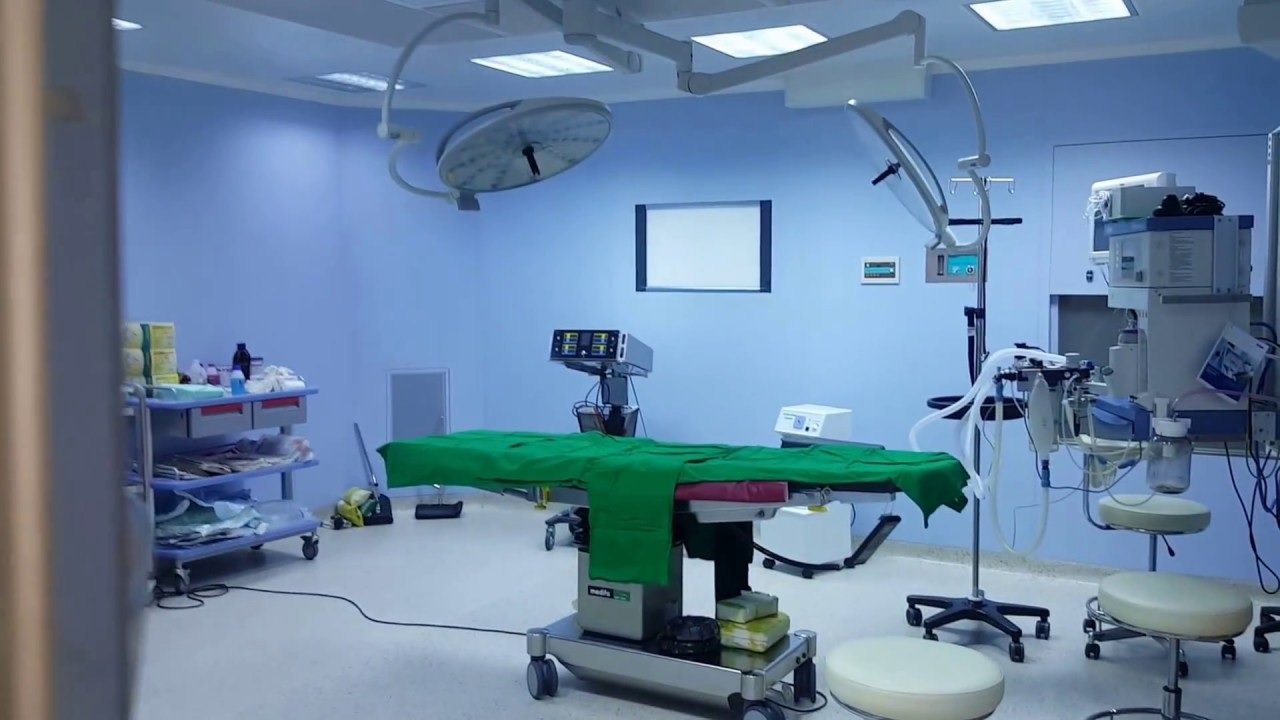Hospital Bedside Equipment Essentials: From Pendants to Monitors
Hospital Bedside Equipment
Hospital bedside equipment plays a crucial role in patient care, ensuring both comfort and safety while enabling healthcare professionals to monitor, diagnose, and treat effectively. With modern hospitals handling complex cases, having the right bedside devices is no longer optional—it’s essential. From medical pendants to advanced patient monitors, every piece of equipment contributes to better outcomes.
This blog will guide you through the essential bedside equipment that every hospital should consider.
1. Hospital Bedside Pendants
Bedside pendants are vital for organizing and supplying medical gases, power outlets, and patient care devices efficiently. They help maintain a clean and accessible workspace around patient beds.
Key Features:
- Centralized access to oxygen, vacuum, and medical air
- Multiple electrical outlets for connecting monitors, infusion pumps, and ventilators
- Modular design for easy installation and maintenance
Tip: Choose pendants that allow flexible positioning to suit patient needs and staff workflow.
2. Patient Monitors
Patient monitors are indispensable for tracking vital signs in real-time. They allow healthcare teams to respond quickly to any changes in a patient’s condition.
Common Monitored Parameters:
- Heart rate and ECG
- Blood pressure (invasive and non-invasive)
- Oxygen saturation (SpO₂)
- Respiratory rate and temperature
Tip: Opt for monitors with alarms, data storage, and network connectivity to integrate with hospital management systems.
3. Infusion Pumps and Syringe Pumps
For precise administration of medications, fluids, and nutrients, infusion and syringe pumps are essential bedside devices.
Benefits:
- Accurate flow control for critical care patients
- Adjustable rates for various medications
- Integrated safety alarms to prevent overdose or blockage
Tip: Ensure the pumps are easy to program, maintain, and compatible with the hospital’s electrical and bedside setup.
4. Bedside Suction Units
Suction units help in clearing airways or removing fluids, an essential function in respiratory care and emergency situations.
Key Considerations:
- Portability for use in ICU, emergency, or general wards
- Adjustable suction levels for different patient needs
- Easy-to-clean components to maintain hygiene
Tip: Use modular and wall-mounted suction systems to save space and enhance efficiency.
5. Radiant Warmers (for Neonatal Care)
For neonatal patients, maintaining proper body temperature is critical. Radiant warmers provide controlled warmth and accessibility for intensive care.
Features:
- Adjustable heating levels
- Built-in monitoring for patient temperature
- Space for neonatal monitoring and procedures
Tip: Choose radiant warmers with integrated monitoring and safety alarms for comprehensive care.
6. Emergency and CPR Equipment
Bedside readiness for emergencies is non-negotiable. Hospitals must equip each bed with:
- CPR boards and resuscitation kits
- Defibrillators (manual or semi-automatic)
- Emergency oxygen supply
Tip: Regularly inspect and maintain emergency equipment to ensure it works perfectly when needed.
7. Accessories and Support Equipment
Additional bedside essentials include:
- Bedside cabinets and overbed tables for patient convenience
- IV poles and holders for fluid administration
- Adjustable lighting for procedures and examinations
Tip: Ergonomic design improves patient comfort and staff efficiency.
Conclusion
A fully equipped hospital bedside setup is vital for delivering quality patient care. From pendants that organize medical gases to monitors that track vital signs, every device contributes to safety, efficiency, and comfort.
Hospitals looking for high-quality, reliable bedside equipment can partner with Technomed Instruments & Equipment Sales Pvt. Ltd., ensuring access to modern devices, genuine parts, and expert guidance for installation and maintenance.
Proper planning, the right selection of equipment, and regular maintenance make bedside setups more effective, supporting healthcare professionals in providing top-notch care every day.




